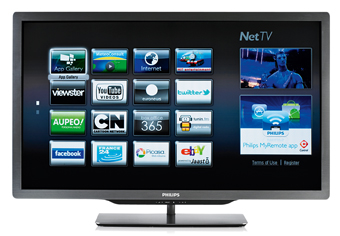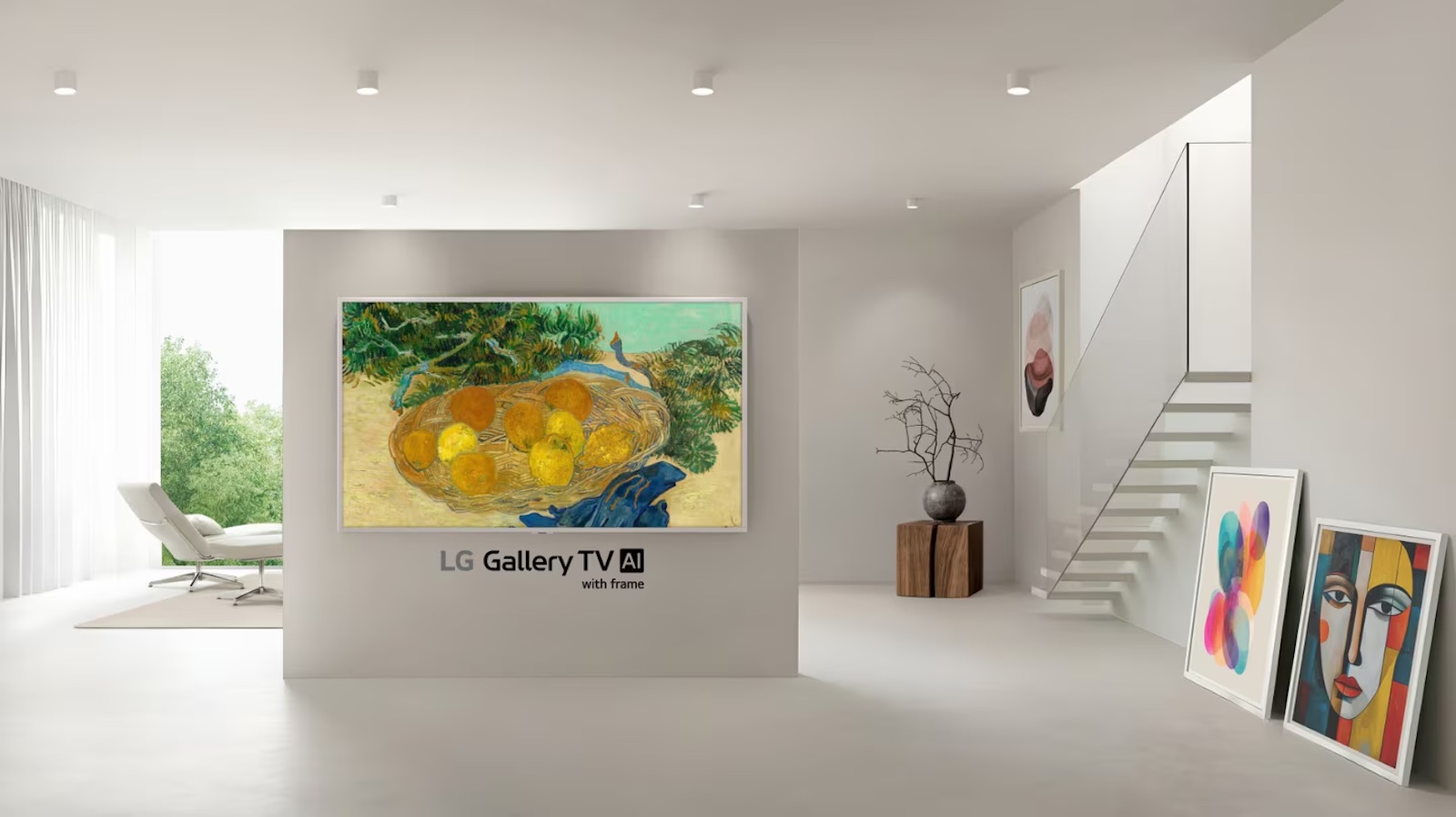What Hi-Fi? Verdict
In some areas it’s incredible, but a couple of flaws hold this stylish Philips back
Pros
- +
Styling
- +
spot-on colours
- +
definition and detail
- +
enjoyable 3D
- +
wi-fi
- +
Ambilight
Cons
- -
Inconsistent motion
- -
compromised contrast
- -
fiddly setup
- -
needs more smart TV
Why you can trust What Hi-Fi?
These days most manufacturers have a simple, easy-to-understand schedule for launching new TVs: announce the year’s new range in January or February and start getting them into shops and out to reviewers in March and April.
Whether by accident or design, Philips doesn’t follow that schedule. Despite being announced way back in March, this is in fact the very first of the company’s 2011 models to make it over to us.
Better late than never, though, and the good news is that it’s a very good telly. In fact, in some ways it’s absolutely superb.
Philips has been near the top of the pile in terms of flatscreen styling for a while now, and the 42PFL7666 continues the trend, thanks to a slim, brushed-metal bezel, thin profile and stalk-like pedestal.
The aesthetic appeal is further enhanced by Ambilight Spectra 2, which sends coloured light out from the left and right sides of the set.
It may sound like a gimmick, but as well as adding spectacle to your viewing, Ambilight manages to pull off the impressive trick of making the picture seem a little bigger and deeper.
Passive 3D specs easy on the eye
Talking of ‘spectacle’, this is the first Philips we’ve seen that boasts 3D of the passive variety – branded by Philips as Easy 3D.
This means the glasses you get in the box are extremely light and comfortable, and – possibly more importantly – the affordability of passive glasses means increasing the number of pairs you have from the bundled two will cost very little.
Or, indeed, nothing if you’ve got some left over from a recent trip to the cinema. It also means, however, that including only two in the box seems a little stingy, especially when the likes of LG includes seven pairs with many of its passive TVs.
Still, there’s no denying this is a very well specified set. On top of the 3D and Ambilight you get Philips’ Pixel Precise HD engine, a 400Hz Perfect Motion Rate and built-in wi-fi for accessing Net TV.
Take time setting the set up
Laudably, Philips has also attempted to make the initial setup process as intuitive as possible, and has included a system that automatically calibrates the picture based on your preferred versions of a sequence of pictures.
Unfortunately the system is less successful than it needs to be, so manual tweaking with the help of a THX Optimizer disc is recommended.
Even this is tricky, mind, thanks to the mind-boggling array of options and processing modes, all of which really need experimenting with in order to get a picture that suits your personal taste.
To save you a bit of time, we would recommend turning Dynamic Contrast off and Dynamic Backlight onto ‘Best Picture’ to get the best balance.
Super Resolution added nothing but unnatural highlights as far as we were concerned. And while some may want to dabble with the Custom Tint settings, we found the ‘Normal’ tint to be perfectly adequate.
Brilliantly natural colours
Actually, ‘adequate’ isn’t fair: the colours here are superb. Harry Potter and the Order of the Phoenix remains one of the most effective Blu-ray tests available, and one of the first things you notice when it’s displayed by the Philips is just how natural the colours are.
Some TVs struggle to convey the burned hues of the dry, sun-baked fields in the opening chapter, while others find it difficult to combine these with natural skin tones; the Philips gives you both, while also delivering the kind of vibrancy that allows the glossy red roundabout to stand out against the straw-like grass.
This is a picture that’s absolutely teeming with detail, too. Dudley and his cronies are as spotty-faced as teenagers should be, and the landscape has the kind of texture and crispness that really enhances depth and allows images to seemingly pop from the screen.
3D movies are a passive pleasure
Of course, to take that depth and pop to the next level you need to don the specs and play a 3D movie. Manufacturers of TVs with active 3D have always pointed to the loss of resolution inherent to the passive system as a major flaw.
But, while you can certainly see flaws if you’re looking for them – a slight jagginess in some edges and a touch less detail – the Philips produces a picture that’s an absolute pleasure to watch.
As the name suggests, Easy 3D is very easy on the eyes, with brilliantly light and comfortable glasses and excellent image stability. It’s also impressively deep and solid, and the picture strengths the Philips shows in 2D shine through once more, especially in terms of colours.
When the Philips is good, then, it’s really good – near flawless, in fact. The problem is that it’s also a bit inconsistent. While it produces vertical motion with exceptional crispness and fluidity, it’s horizontals are blurry.
Inconsistent performance
And, while it can produce decent blacks and decent whites, it struggles to combine the two in the same scene. So the pure white lights of the otherwise pitch black Ministry of Magic don’t shine as brightly or distinctly as they should, and no amount of fiddling with the contrast or backlight settings can fix that.
Naturally this Philips’ Freeview tuner is of the HD variety, and this set’s huge strengths and occasional weaknesses are as clear with hi-def broadcasts as they are with Blu-ray.
On the other hand, upscaling standard-definition, whether from the tuner or a DVD, results in a sharp, detailed picture, naturally coloured picture, but one with a little more noise than some rivals.
And that, in essence, is the story of the Philips 42PFL7666: in some ways and at some times it looks absolutely astonishing, but it’s also just a touch inconsistent, with quality in some areas causing compromises elsewhere. Flawed, four-star brilliance, then.
See all our TV Best Buys
Follow whathifi on Twitter
Join whathifi on Facebook
The latest hi-fi, home cinema and tech news, reviews, buying advice and deals, direct to your inbox.
What Hi-Fi?, founded in 1976, is the world's leading independent guide to buying and owning hi-fi and home entertainment products. Our comprehensive tests help you buy the very best for your money, with our advice sections giving you step-by-step information on how to get even more from your music and movies. Everything is tested by our dedicated team of in-house reviewers in our custom-built test rooms in London, Reading and Bath. Our coveted five-star rating and Awards are recognised all over the world as the ultimate seal of approval, so you can buy with absolute confidence.


